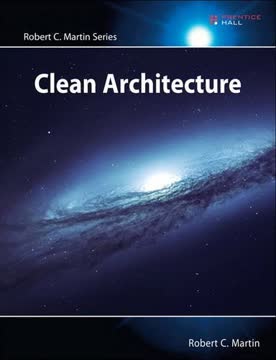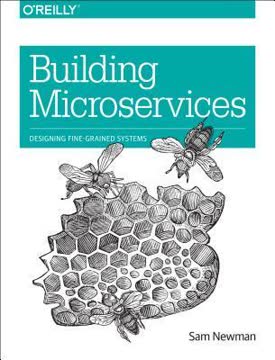Searching...
Top 10 Books on Autonomous Architecture Evolution
Explore the evolution of autonomous architecture with these 10 must-read books, from Ledoux to Le Corbusier, that shape modern design thinking.
Book Summaries
Erich Fromm's **The Art of Loving** explores the deeper connections between love and architecture, emphasizing the importance of creating spaces that foster genuine relationships.
3 Key Takeaways:
- Love is an art that requires knowledge and effort
- Mature love is union while preserving one's integrity
- Love is not just a feeling, but an active power and practice
In **The Design of Everyday Things**, Donald Norman explores how design influences user experience, providing insights that are essential for architects and designers alike.
3 Key Takeaways:
- Design impacts everyday life: Make the invisible visible
- Bridge the gulfs of execution and evaluation
- Use constraints and affordances to guide user actions
The Art & Practice of The Learning Organization
Peter Senge's **The Fifth Discipline** emphasizes systems thinking, a crucial concept for understanding the interconnectedness of architectural design and urban development.
3 Key Takeaways:
- Systems thinking: The cornerstone of learning organizations
- Personal mastery: Cultivating individual growth and vision
- Mental models: Challenging assumptions and fostering openness
Alain de Botton's **The Architecture of Happiness** delves into how architecture influences our emotions and societal values, making it a thought-provoking read for understanding the philosophical underpinnings of design.
3 Key Takeaways:
- Architecture shapes our emotions and behavior
- The pursuit of architectural beauty is complex and evolving
- Buildings communicate values and ideals through their design
In **Clean Architecture**, Robert C. Martin presents essential principles for creating robust software systems, paralleling architectural concepts that can inform the design of physical spaces.
3 Key Takeaways:
- Software architecture is about minimizing human resources and maximizing productivity
- Clean architecture separates business rules from external details
- SOLID principles guide the creation of flexible, maintainable systems
How Certain Schemes to Improve the Human Condition Have Failed
James C. Scott's **Seeing Like a State** critiques the failures of top-down planning, offering insights that resonate with the challenges faced in architectural design and urban planning.
3 Key Takeaways:
- High modernism seeks to impose order but often fails to account for local complexity
- Simplification of nature and society can lead to unintended consequences
- The power of local knowledge and practices often outweighs centralized planning
Designing Fine-Grained Systems
Sam Newman's **Building Microservices** offers a modern perspective on designing systems that can adapt and evolve, paralleling the principles of autonomous architecture in physical spaces.
3 Key Takeaways:
- Microservices: Small, autonomous services that work together
- Evolutionary architecture: Adapting to changing requirements
- Modeling services: Defining boundaries and contexts
The Connected Lives of Ants, Brains, Cities, and Software
Steven Johnson's **Emergence** examines how complex systems evolve, offering valuable insights for architects looking to create adaptive and resilient designs.
3 Key Takeaways:
- Emergence: The Rise of Self-Organizing Systems
- Ant Colonies: Nature's Decentralized Problem-Solvers
- Cities as Living Organisms: The Power of Bottom-Up Growth
In **The Economy of Cities**, Jane Jacobs argues that urban environments are crucial for economic development, providing a compelling case for the importance of thoughtful architectural design in city planning.
3 Key Takeaways:
- Cities Drive Economic Development, Not Agriculture
- New Work Emerges from Existing Work, Multiplying Labor Divisions
- City Inefficiencies Foster Innovation and Problem-Solving












